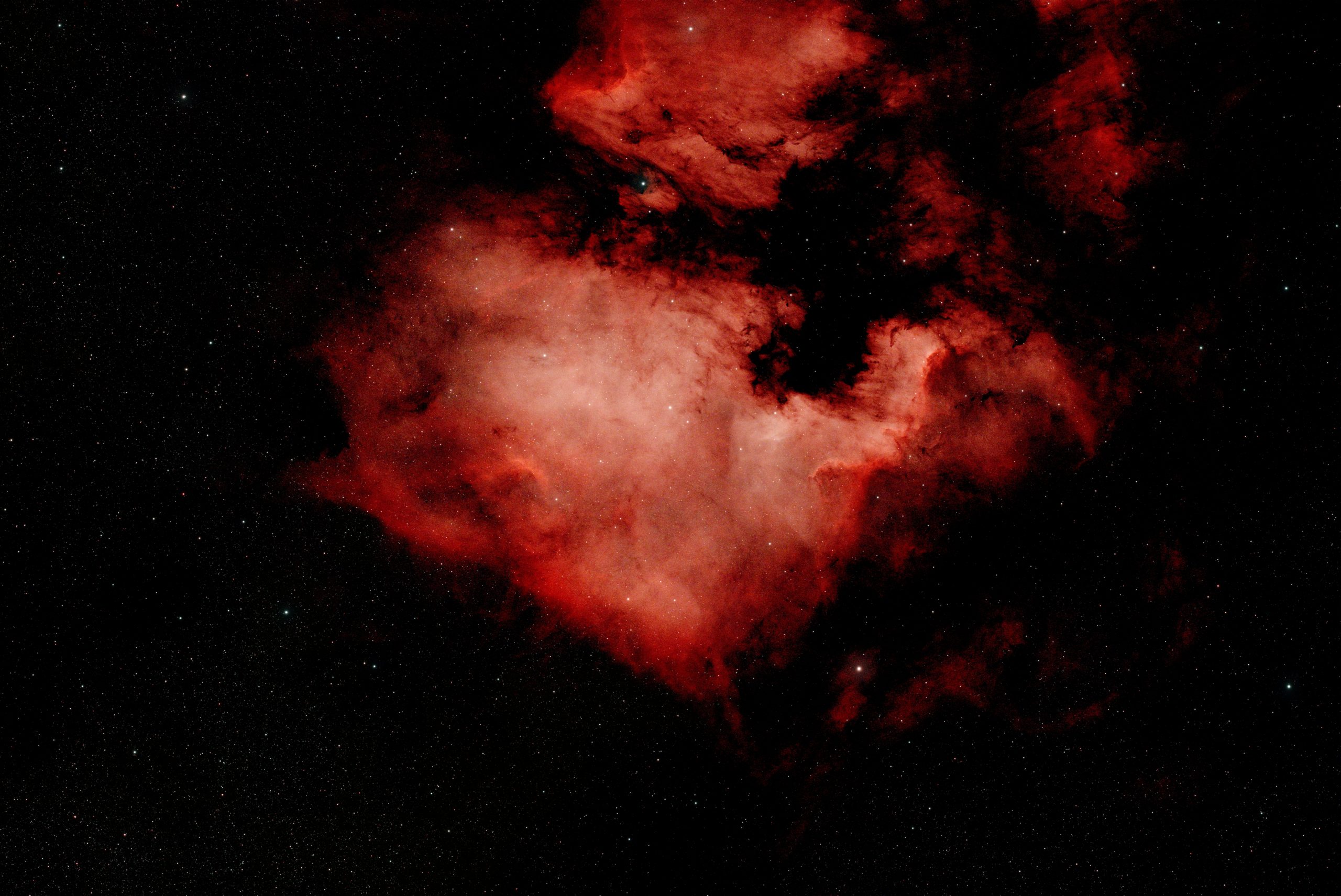When you first start astrophotography, choosing what to shoot can feel like standing in a vast gallery with no labels. Galaxies, nebulae, star clusters – some are bright and welcoming, others faint and unforgiving. The sky is full of wonders, but not all of them make good early companions.
This guide helps you understand what makes a great beginner target – not just in theory, but in real-world conditions with real-world gear. It’s about finding the objects that teach, not frustrate. The ones that show you something real on your first night out, and invite you to keep going.
Brightness You Can Work With
The most important quality in a beginner target is apparent brightness – how much light it delivers to your sensor, and how quickly. You want objects that:
- Show clear shape and structure with short exposures.
- Stand out from the background even in light-polluted skies.
- Stack well, even with a modest number of frames.
This includes classics like the Andromeda Galaxy (M31), the Orion Nebula (M42), and the Pleiades (M45) – all bright enough to reveal themselves early.
Size That Fits Your Setup
Some targets are too small to resolve well with a camera lens. Others are too large to fit in a telescope’s narrow field of view. A good beginner target sits nicely within your framing range.
- If you’re using a 50–135 mm lens, widefield targets like Orion or Andromeda work well.
- With a 300–500 mm refractor, compact nebulae or galaxy groups become more accessible.
- Use tools like Telescopius or Stellarium to simulate your field of view.
Framing success builds confidence. It also teaches you to think like a sky photographer – not just a technician.
Visibility From Your Location
Some of the most famous targets are seasonal or low in the sky for UK observers. A good beginner object should be high above the horizon during your session – ideally over 40 degrees up for cleaner imaging.
Check:
- Altitude at your imaging time.
- Season – what’s overhead this month?
- Light pollution direction – avoid shooting into city glow.
Use apps like Sky Guide, PhotoPills, or Clear Outside to plan. Even great targets can underwhelm if they’re hidden in haze or trees.
Structure You Can See
Not all bright targets are visually rewarding. A great beginner object has distinct features that emerge even in your first stack:
- A glowing core, like M31 or M42.
- Dust lanes or wisps, like the North America Nebula.
- Recognisable patterns, like the curve of the Double Cluster.
These shapes give you something to aim for – and something to improve on next time. They help you learn to see faint detail, stretch contrast, and find subtle colour.
Forgiveness
Some targets are just… hard. They require narrowband filters, hours of data, or advanced processing to look like anything. A great beginner target is forgiving – it looks good with basic gear, and gets better with practice.
This means:
- You don’t need perfect focus or guiding.
- You don’t need a full moonless night.
- Your first result will feel like progress.
That emotional feedback matters. It keeps you in the game long enough to grow.
Learning Value
The best early targets teach you something:
- Framing widefield constellations helps with star navigation.
- Imaging a nebula introduces colour balance and contrast stretching.
- Revisiting the same object in different conditions builds processing skill.
They’re not just pretty – they’re teachers.
Examples Of Great Beginner Targets
Depending on your setup and time of year, consider:
- Andromeda Galaxy (M31) – autumn to winter, bright and wide.
- Orion Nebula (M42) – winter, full of colour and detail.
- Pleiades (M45) – winter, easy to find and sharp in lenses.
- North America Nebula (NGC 7000) – summer, rich in structure.
- Double Cluster (NGC 869 & 884) – autumn, rewarding at any scale.
These are popular for a reason – not just for their beauty, but their accessibility.
Final Thoughts: Choose With Curiosity, Not Pressure
There’s no rule about where to start. You don’t have to chase what everyone else is imaging. The sky is generous – it offers dozens of targets that reward beginners with real progress and genuine joy.
Start with what’s overhead. Pick something bright, forgiving, and visible. Take your time. Then take the next shot.
In the end, it’s not the target that matters most – it’s that you went out, set up, and captured something from space. That’s how astrophotographers are made.




